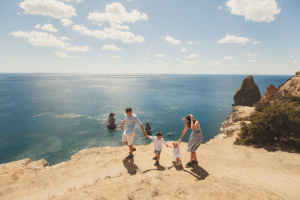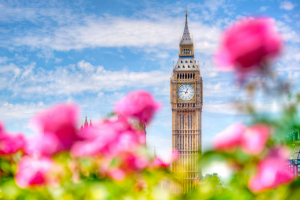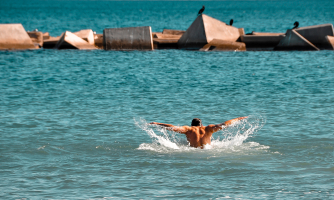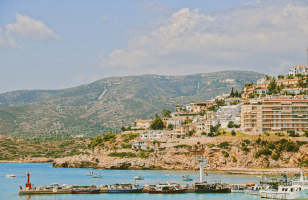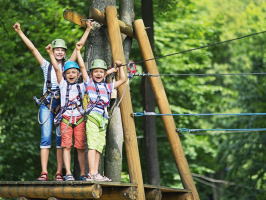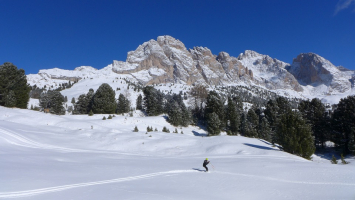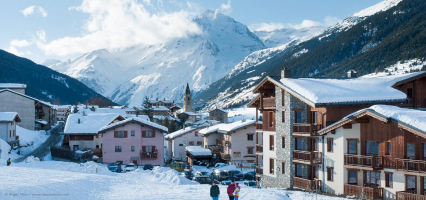Top 8 Best Sustainable Destinations for Birdwatching in Europe
Europe is one of the best places to visit if you enjoy nature and bird watching. Europe boasts a huge variety of bird species because of its diverse landscapes ... read more...and weather. Would you like to go bird watching in Europe this year? If so, there are many wonderful places to choose from. And below is the 8 best sustainable destinations for birdwatching in Europe that Toplist.info has already chosen for you today.
-
France is a renowned birdwatching destination in Europe with a variety of sites, and Moulins is one of the most well-known and must-visit locations.
The town of Moulins was founded in the year 990 and is situated right in the heart of France. It is still a very attractive town with numerous treasures these days. The Val d'Allier natural reserve, south of Moulins, is acknowledged as having international significance when it comes to wildlife discovery. The river Allier, a wild, free-flowing river, has shaped the reserve. Its winding course follows the bank erosion and floods.
There are numerous amazing animals and plants in this river. The Val d'Allier reserve is home to 250 kinds of birds, including ospreys, stone curlews, and kingfishers. The "beaver trail" travels 6 km (approximately 334 miles), through the center of the Val d'Allier Nature Reserve, from Moulins to Château de Lys in Bressolles.
The landscape is generally flat, making it perfect for hiking. You will learn all of the mysteries of the Allier reserve, including those pertaining to the birds and mammals, as you move from information panel to information panel. A simple method to explore nature with your family.
All of these make this place ideal for being in the top best sustainable destinations for birdwatching in Europe.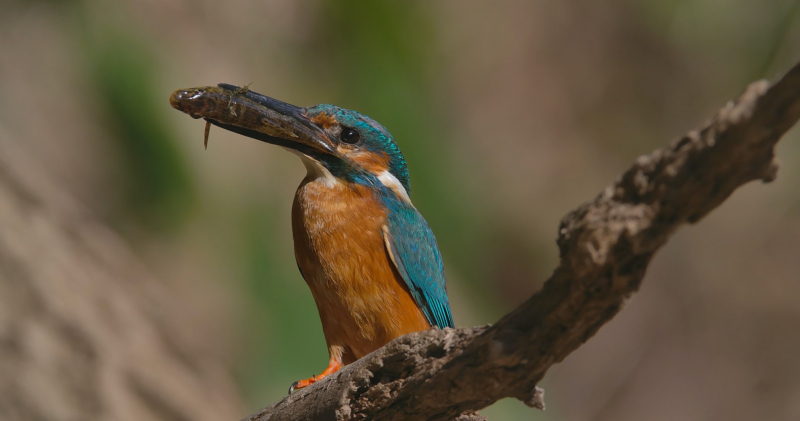
Photo by Rémi METIN on Unsplash 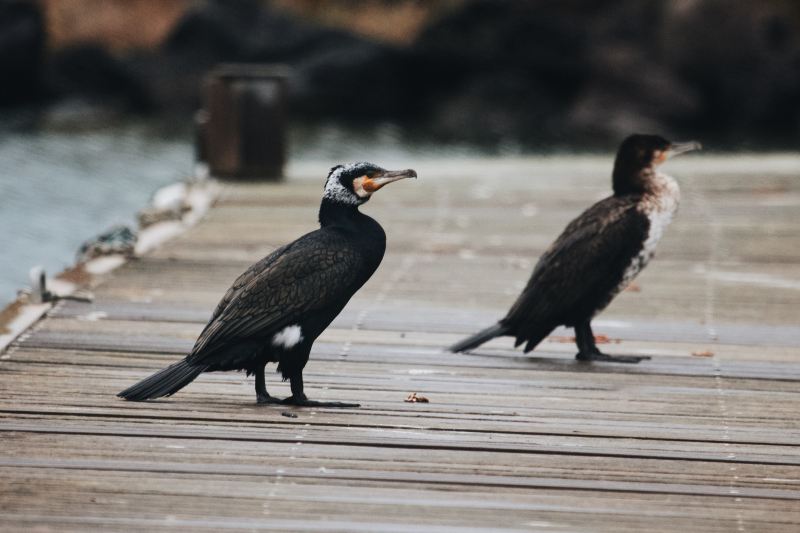
Photo by Mael BALLAND on Unsplash -
It is a biologically diverse landscape that is home to a wide range of incomparably valuable animals and flora. With 320 km2 of surface area, The Natural Park of Ebro Delta is the largest aquatic ecosystem in the Catalan lands (Spain) and an essential part of the Mediterranean wetlands. The physical, topographical, and ecological characteristics of the Ebro Delta, as well as its special customs, culture, architectural legacy, and history, all contribute to its distinctiveness.
The Natural Park of the Ebro Delta is a special location because of the allure of its undeveloped beaches and coast, which makes this place ideal for rest and relaxation as well as the exploration of sustainable tourism experiences. There are a variety of intriguing and unique activities that can be done independently or with a guide in order to enjoy nature, food, and culture.
The Ebro Delta is home to 70% of the uncommon Corsican seagull's global population. Thousands of the rare Greater Flamingo can be found here. Visitors can observe the birds throughout the entire year, including the migration in the spring and fall, which is full of surprises, and the water habitats which are teeming with life in the winter.
You can visit the Ebro Delta on your own or with a knowledgeable guide from one of the many businesses that specialize in this duty. Either way, you'll have the chance to see an array of beautiful species. There are numerous businesses that provide the option of borrowing field guides and binoculars.
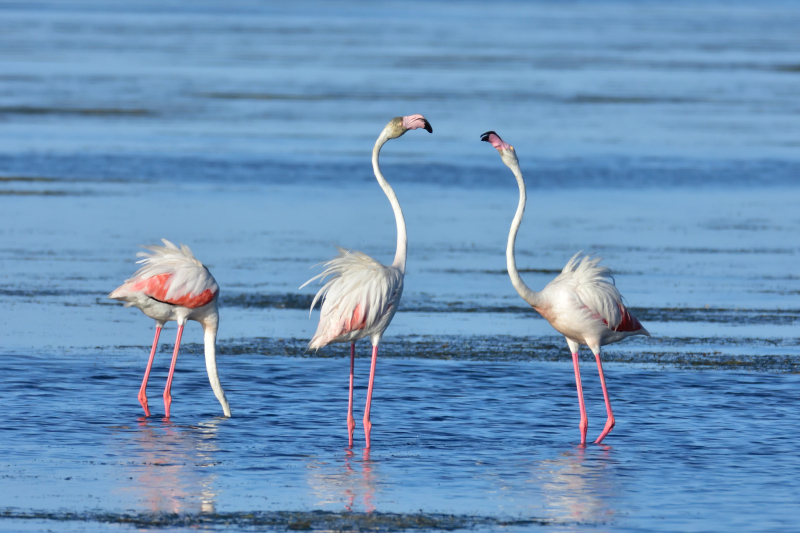
Photo by Santiago Lacarta on Unsplash 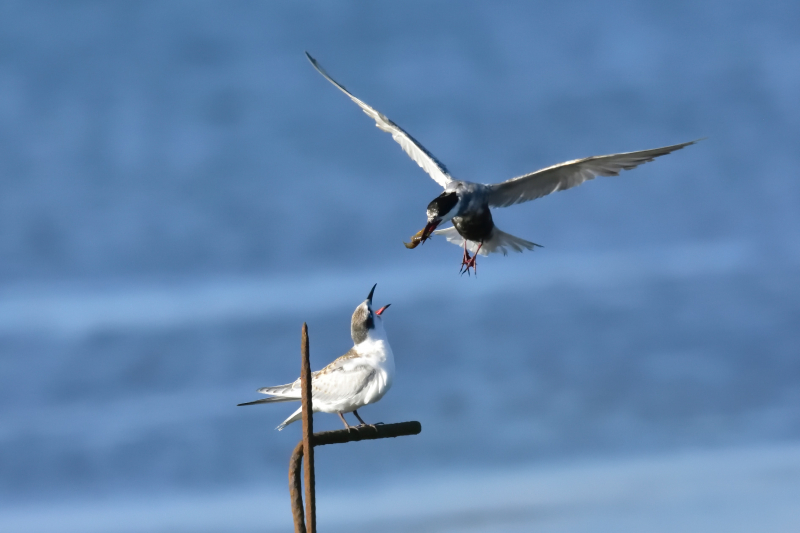
Photo by Santiago Lacarta on Unsplash -
Finland is a country with a variety of environments, but its position makes it a fascinating place to go bird-watching. Finland is still reachable for many birders who wish to view exotic northern species because it is one of the most eastern and northern countries in Europe. Due to geography and the range of habitats, a genuinely diversified assortment of very unique birds that are uncommon elsewhere in Europe are produced. As a gateway to the Arctic, Finland, and Northern Norway combined provide some of the best birdwatching north of the Arctic Circle.
The northern Owls are Finland's top tourist draw. In a good year, up to ten different owl species may breed in Finland. The Great Grey Owl is the most impressive, while the Ural, Hawk, Boreal, and Pygmy Owls are next in line. Extremely rare breeders, snowy owls are actually simpler to locate in Finland during the winter. Voles, nature's primary food source, have a significant role in determining owl density and distribution. Regional variations between years are also not unusual. Northern Owls can be seen in abundance at Oulu and Kuusamo's birding hotspots.
Widespread coniferous forests, peat bogs, and mires combine to provide a wide wilderness region where birds can live. A variety of forest birds make their home in Finland, including the capercaillie, black grouse, hazel grouse, black three-toed woodpecker, parrot crossbill, and Siberian tit. That's why Finland is listed as one of the best sustainable destinations for birdwatching in Europe.
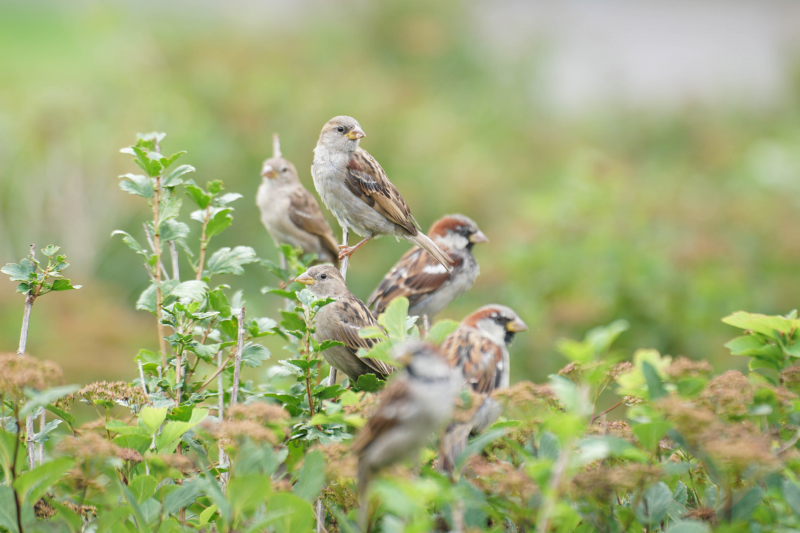
Photo by Karo Kujanpaa on Unsplash 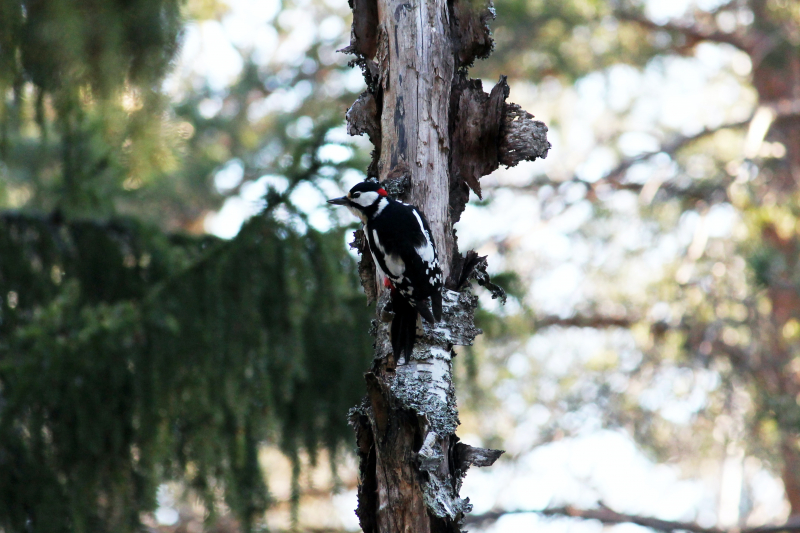
Photo by Harald Arlander on Unsplash -
Loop Head is a famous destination for birdwatchers from all over the world. The variety of seabirds that breed here each summer, including Kittiwakes, Fulmars, Guillemots, Razorbills, Puffins, and Gannets, and especially the passing of an extraordinary variety of seabirds and waders in the fall, is responsible for this area's attractiveness.
The ideal months to visit are August through October when numerous passing seabirds are brought close to shore by the west and northwest winds, providing superb viewing. Manx and Sooty Shearwaters, Storm and Leaches Petrels, as well as Great, Pomarine, and Arctic Skuas, are among the seabirds that are frequently spotted in large numbers here. Numerous rare species are occasionally spotted from nearby viewing areas, including Little Stints, Curlews, and the American Buff-breasted Sandpiper.
The Bridges of Ross on the Loop Head Peninsula are a birder's dream for observing vagrant stragglers from North America and observing the migration of passing seabirds. They are regarded internationally as one of Europe's finest sea-watching spots. Here, it has been possible to observe shearwaters, skuas, petrels, and uncommon birds like Sabine gulls. Every winter, a large number of waders and wildfowl migrate to the mudflats of the Shannon estuary from Northern Canada, Greenland, Iceland, Siberia, and Scandinavia. Poulnasherry Bay is an excellent location for spotting them.
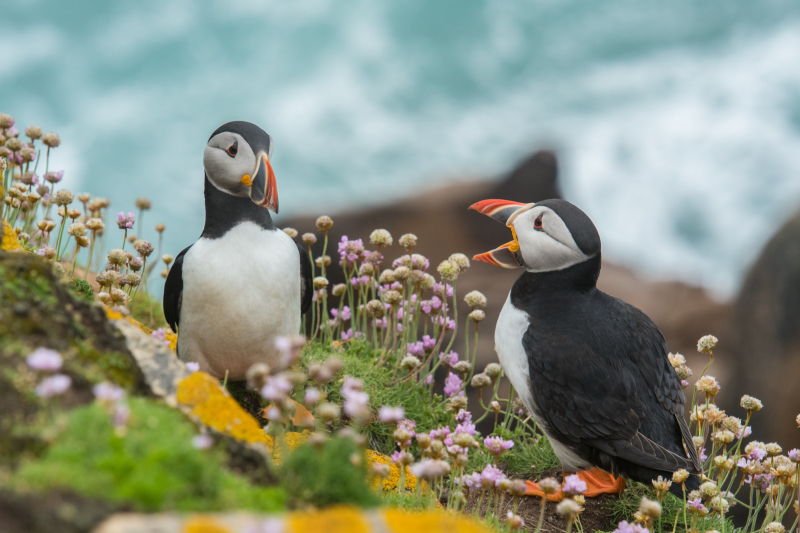
Photo by Wynand van Poortvliet on Unsplash 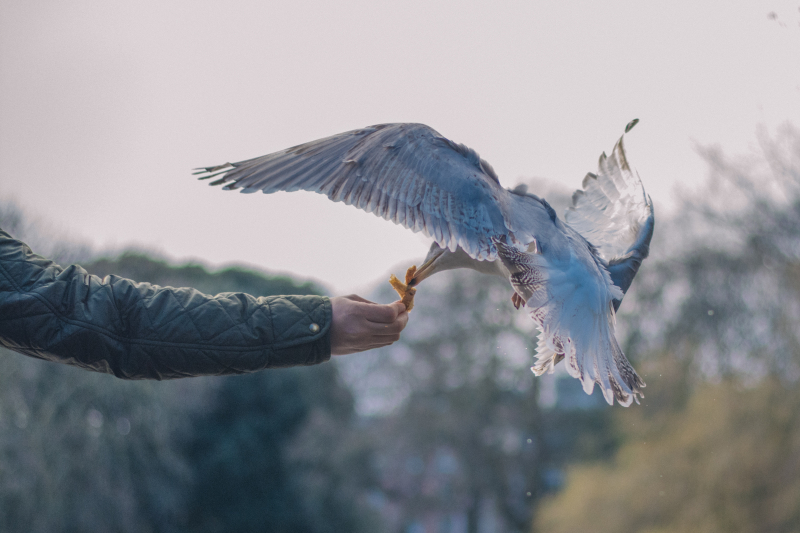
Photo by Chris Lawton on Unsplash -
Despite not being a nation that comes to mind when thinking of birdwatching, it would be folly to pass up this chance to see a wide variety of frequently rare species in a stunning nation like Romania. And the Danube River Delta is unquestionably the destination to visit and is one of the best sustainable destinations for birdwatching in Europe.
With a total area of 2,681 square kilometers (1,676 square miles), the Danube Delta is the largest wetland area in Europe and one of the best locations in this continent for bird observation. It is a vast, watery wilderness that can only be reached by water. This place attracts visitors with its various differences such as the youngest land in Europe and the oldest mountains in Romania. With approximately 300 migratory and permanent bird species, the delta provides a natural stopover for migrating birds.
Additionally, if you visit the area at the proper time of year, you might observe a lot of birds that are migrating. This can be a magnificent spectacle with many thousands of birds involved. A number of eagle species, as well as egrets, vultures, and geese, nest in the area. The Danube is also a favorite habitat for many other species, including cranes and ibis, cormorants, pelicans, and many others.
The Danube Delta has more diversity than most areas in the globe, let alone Europe, so be sure to include it at the top of your shortlist of places to go birdwatching in Europe.
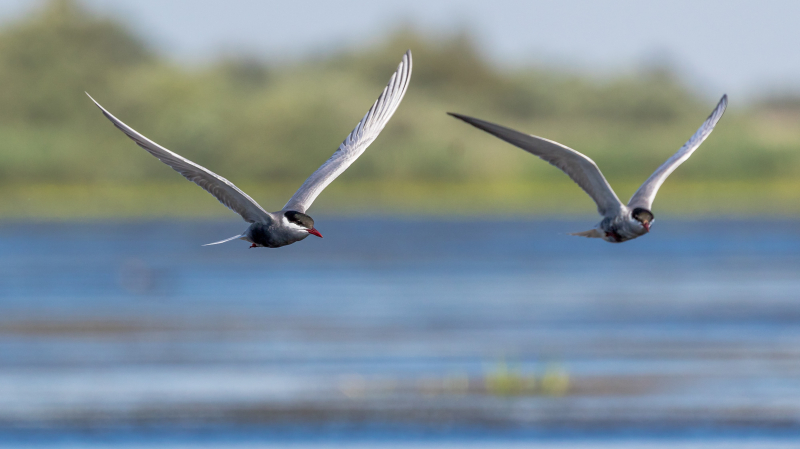
Photo by Zdeněk Macháček on Unsplash 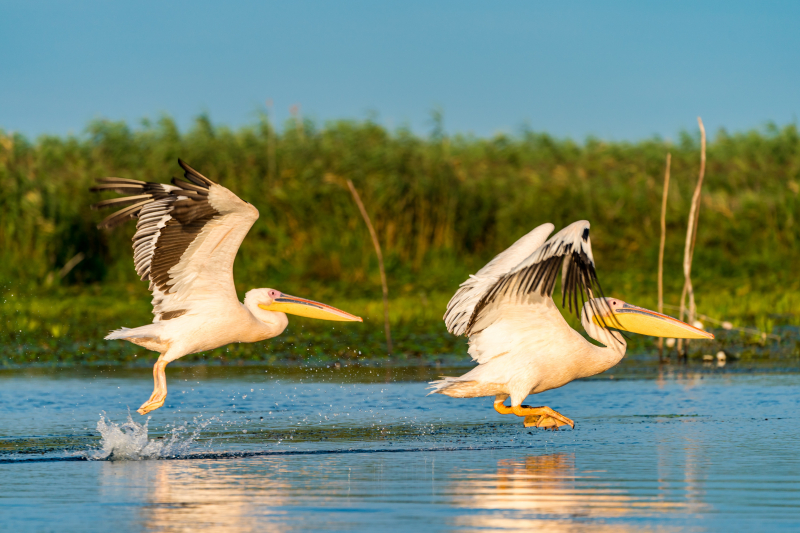
Photo by CALIN STAN on Unsplash -
Bird watchers over the world may see Greece's stunning islands as a paradise, and Lesbos may be the greatest one among them. Lesbos is a fascinating, hospitable, and significant cultural location that is also home to a number of rare and common animals.
Both the exceedingly uncommon Cinereous Bunting and the Krupers Nuthatch have nested here, but because they are both small and elusive, you may have a difficult time finding them. On Lesbos, migratory birds such as crakes and even pelicans are popular attractions. Pelicans, in particular, are beautiful to watch as they come and leave in large groups.
The areas around Kalloni, Skala Eressos, and Sigri with marshes and flatlands are the finest for bird enthusiasts. Lesbos has more water than the majority of the other Aegean islands, which contributes to the island's abundance in agriculture and wetlands. When it doesn't rain much during the summer, many of the ponds may dry up, but in the late spring and early summer, they are teeming with species like turtles, frogs, and birds.
Lesbos, which is widely known as one of the best sustainable destinations for birdwatching in Europe, should be on your travel itinerary if you want to take a break from the heat and enjoy birdwatching in an eco-friendly place.
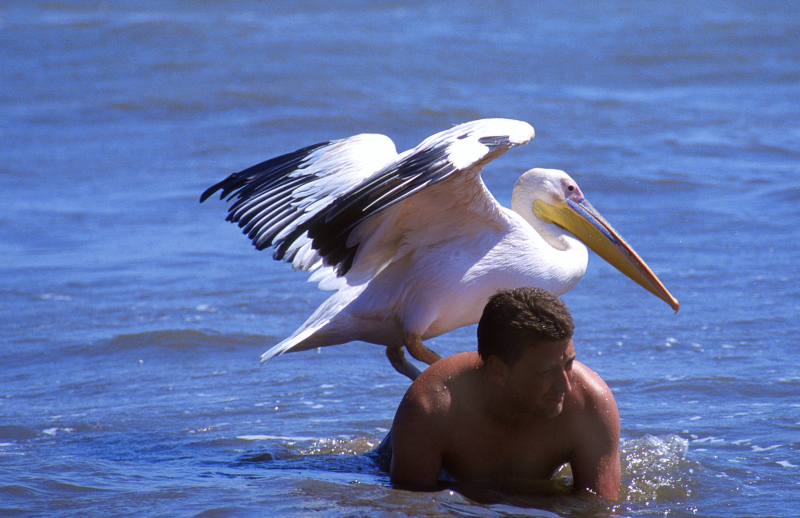
Photo by Vasilis Caravitis on Unsplash 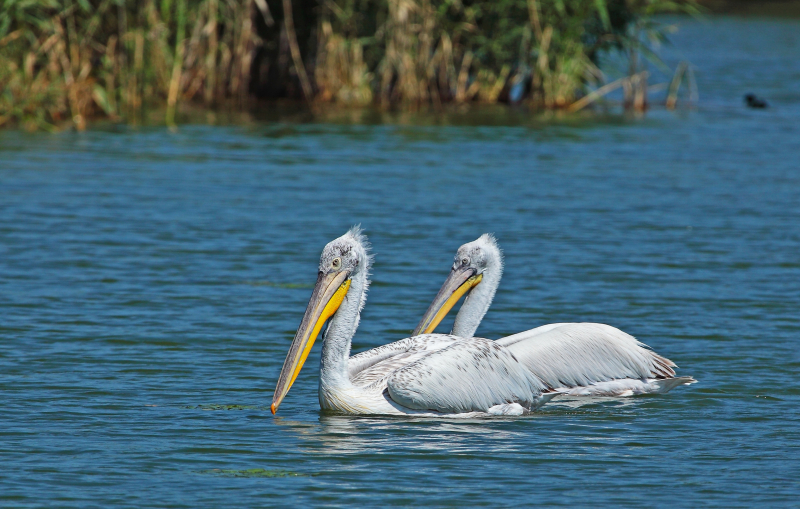
Photo by Vasilis Caravitis on Unsplash -
For those who enjoy exploring, unwinding, and being in nature, Madeira is the ideal vacation spot. One of the most picturesque islands in Europe, Madeira, is also one of the top places for bird watchers on the continent. Numerous species are indigenous to this island and are only found there.
The Madeira Archipelago provides excellent opportunities for birdwatchers, in terms of both breeding and migrant bird species. There are just 47 breeding species on these islands, but of them, nearly half are indigenous to Madeira or the Macaronesia region (Madeira, Azores, and Canary Islands).
The abundance of endemic subspecies is one of the most interesting features when birdwatching in Madeira. In which the highlights of the ornithology include the blue Madeiran Chaffinch Fringilla coelebs maderensis and the darker colors of Barn Owl Tyto alba schmitzi and Grey Wagtail Motacilla cinerea schmitzi.
Seabirds, on the other hand, are what birdwatchers are most drawn to because they have numerous important global colonies. The rare Pterodromas, Barolo's Shearwater (Puffinus baroli), Madeiran Storm-petrel (Octodroma Castro), and White-faced Storm Petrel (Pelagodroma marina hypoleuca) are among the eight breeding seabird species that can be found in the Madeira archipelago. On Wind Birds' Pelagic Expeditions, this last species was seen offshore despite being restricted to the Selvagens Islands for breeding.
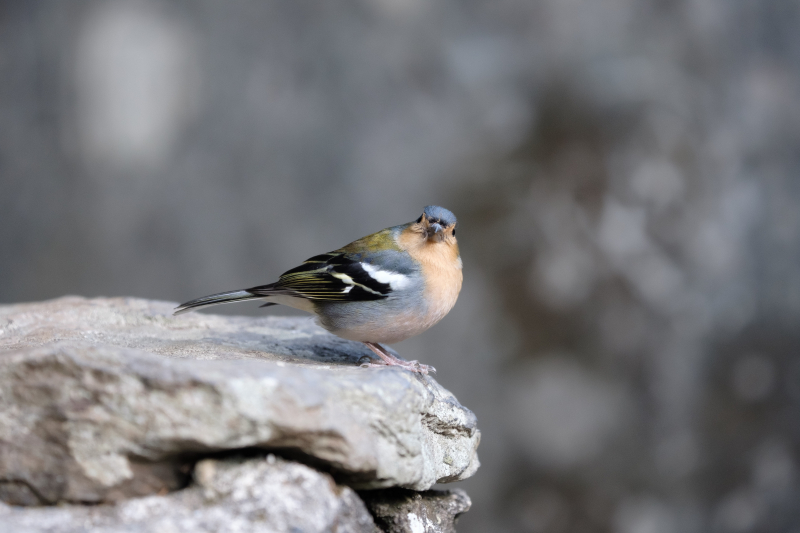
Photo by Luís Cardoso on Unsplash 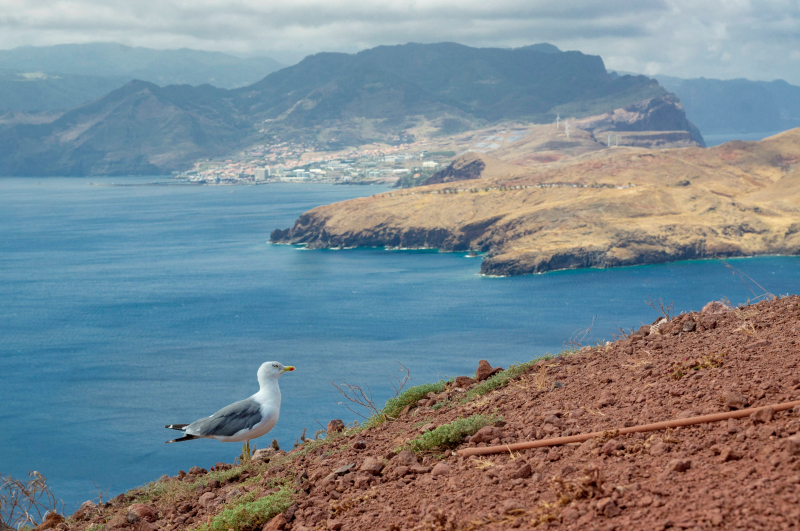
Photo by Piotr Musioł on Unsplash -
The Central European countries have recently become more widely accessible, but they provide superb birdwatching chances due to their natural beauty. With its Adriatic Sea shoreline, Croatia is quickly gaining popularity among birdwatchers, and once you are there, you'll understand why.
So, the last one that should be included in the top list of the best sustainable destinations for birdwatching in Europe is Nin, which is located in the Zadar Region and is the best location in Croatia for birding. Due to the saline nature of the lagoon where Nin is located, a wide variety of fascinating creatures and birds are drawn to the area's plant life.
The Eco Park Nin's Lagoon is wholly covered with the natural resources of Nin's field. There are different activities that you can consider doing here. For example, explore the lagoon, the location of the healing mud, and the sandy beaches while strolling through informative pathways; visit 8 natural habitats and observe 5 endemic, 4 critically endangered, 1 endangered, and 5 sensitive flora; learn about the ornithological park, salt pans, natural botanic garden, and other natural wonders.
The lagoon is a bird's paradise. The Kentish Plover, Kingfisher, Little Egret, and Black-Winged Stilt can all be seen in their natural habitats. There are plenty of various kinds of birds here, making this a chance not to be missed. March to September is the perfect time for you to observe these amazing birds.
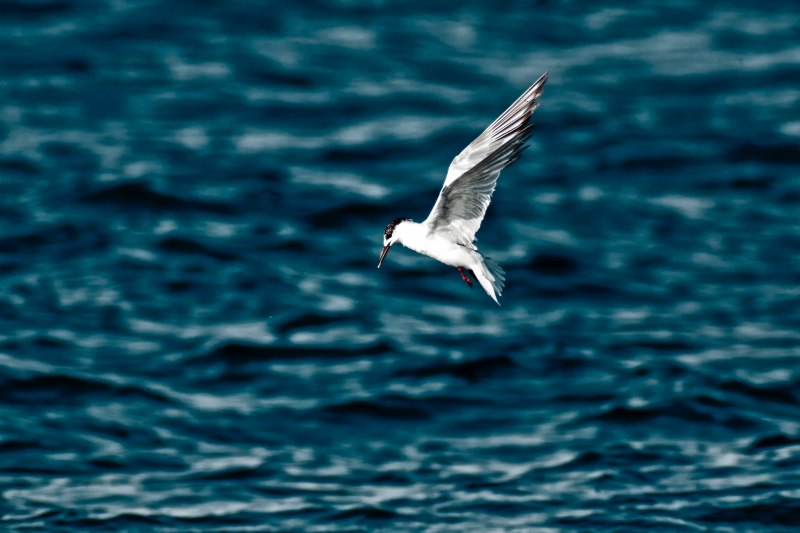
Photo by Matija Mestrovic on Unsplash 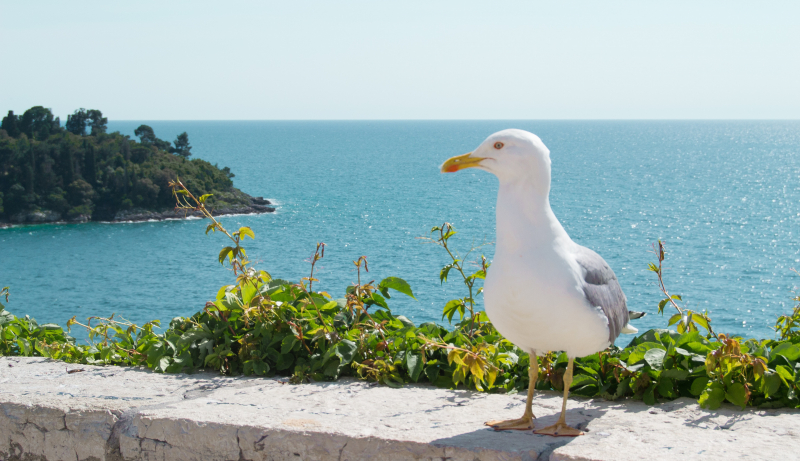
Photo by Nils Söderman on Unsplash











